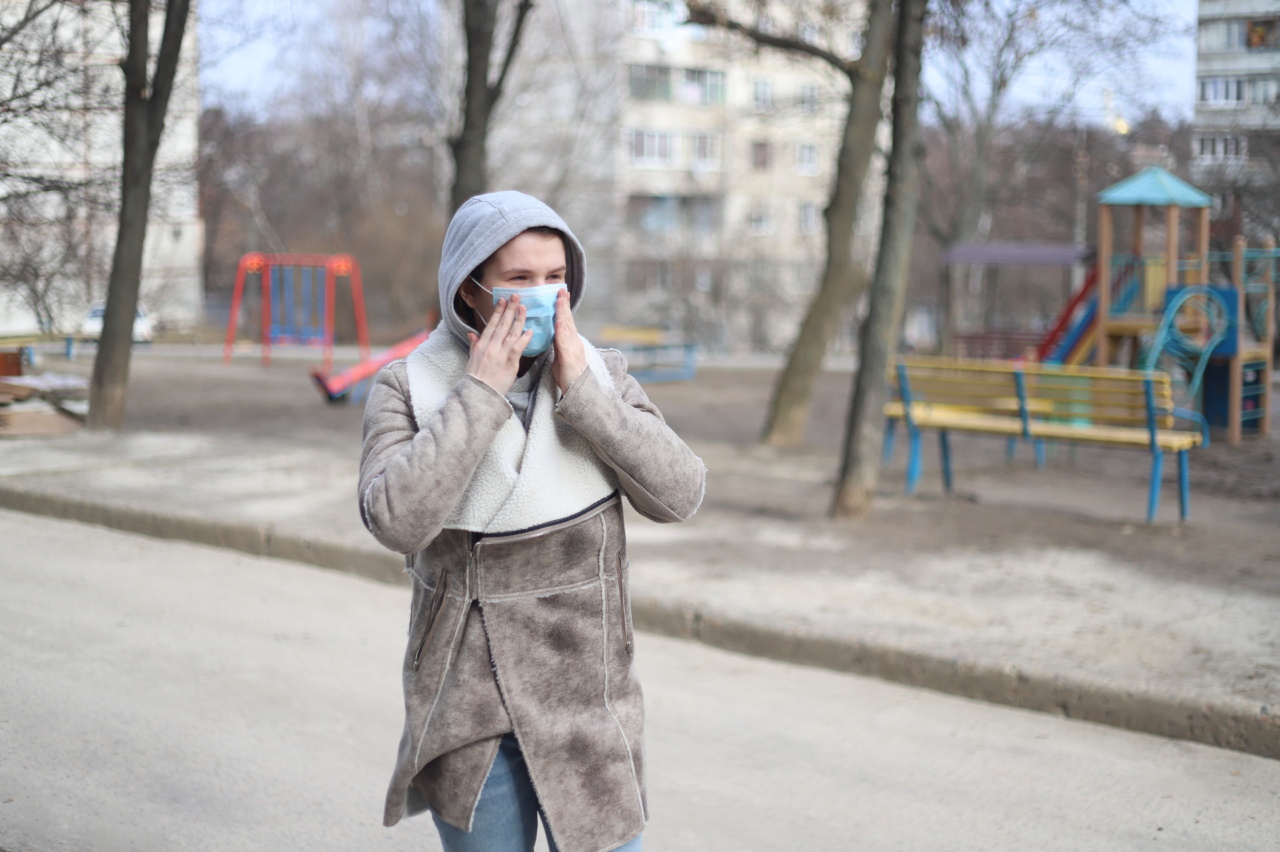Getting sick is never a pleasant experience, but it can be particularly frustrating when you’re not sure what’s going on in your body.
Is it just a common cold, or could it be influenza? Both illnesses involve respiratory symptoms, but they’re caused by different viruses and can have different degrees of severity. Here’s what you need to know to tell the difference.
What Are the Symptoms of a Common Cold?
If you’re suffering from a cold, you’re likely to experience the following symptoms:.
- Congestion or a runny nose
- Sore throat
- Cough
- Sneezing
- Mild fatigue or weakness
Symptoms usually develop gradually over a couple of days and may last for up to a week or so.
Although colds can sometimes lead to complications like sinusitis or ear infections, they’re generally not serious and can be treated with rest and over-the-counter medications.
What Are the Symptoms of Influenza?
Influenza, or flu, is a more serious illness that is caused by the influenza virus. It can cause symptoms like:.
- Fever
- Body aches
- Chills
- Cough
- Sore throat
- Fatigue or weakness
Flu symptoms usually come on quite suddenly and can be quite severe. In some cases, flu can lead to complications like pneumonia or bronchitis, which can be serious and require medical treatment.
Is There a Way to Tell the Difference?
Because some of the symptoms of colds and flu can be similar, it can be difficult to tell the difference between the two illnesses. However, there are a few key differences that can help you identify what you’re dealing with:.
- Fever: Although some people with colds may experience a low-grade fever, a high fever is much more common with flu.
- Body aches: Colds typically don’t cause significant body aches or pains, whereas flu often does.
- Duration: Colds tend to resolve more quickly than flu, often within a week or so. Flu symptoms may last for several weeks.
- Severity: Although colds can be annoying, they’re usually not as severe as flu symptoms. Flu can make you feel very sick and can lead to serious complications.
If you’re not sure whether you have a cold or flu, you can see a healthcare provider for a diagnosis. They may be able to test you to find out what’s causing your symptoms.
Preventing Colds and Flu
Although it’s not always possible to avoid getting sick, there are some steps you can take to reduce your risk of catching colds or flu, or spreading them to others:.
- Wash your hands frequently with soap and water or use an alcohol-based hand sanitizer.
- Avoid close contact with people who are sick.
- Cover your mouth and nose with a tissue when you cough or sneeze, and dispose of the tissue immediately afterwards.
- Stay home from work or school if you’re sick.
- Clean and disinfect frequently-touched objects and surfaces, such as doorknobs and computer keyboards.
- Get vaccinated against flu every year.
These measures can help reduce your risk of getting sick or spreading illnesses to others.
When to Seek Medical Attention
Most people with colds or flu can manage their symptoms at home with rest and over-the-counter medications. However, there are some situations where you should seek medical attention:.
- If you’re having trouble breathing or experiencing chest pain
- If your fever is very high or persistent
- If your symptoms are severe or not improving after several days
- If you’re at high risk for complications from flu, such as young children, older adults, or people with certain medical conditions
In these cases, it’s important to seek medical care to rule out serious complications or to receive appropriate treatment.
Conclusion
Although colds and flu can cause similar symptoms, they are caused by different viruses and can have different levels of severity.
Understanding the differences can help you make informed decisions about your health and seek appropriate medical care if necessary. Remember to take precautions to prevent the spread of illness, and seek medical attention if your symptoms are severe or persistent.






























